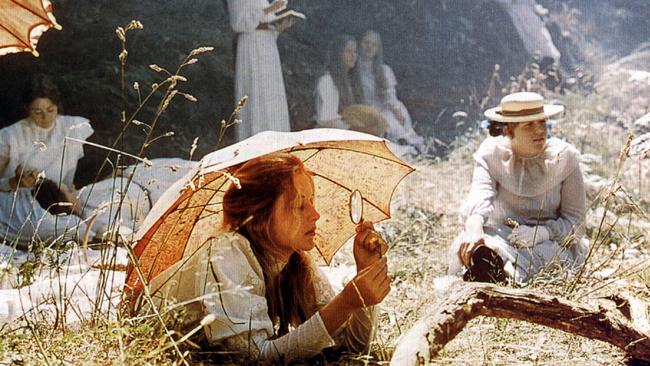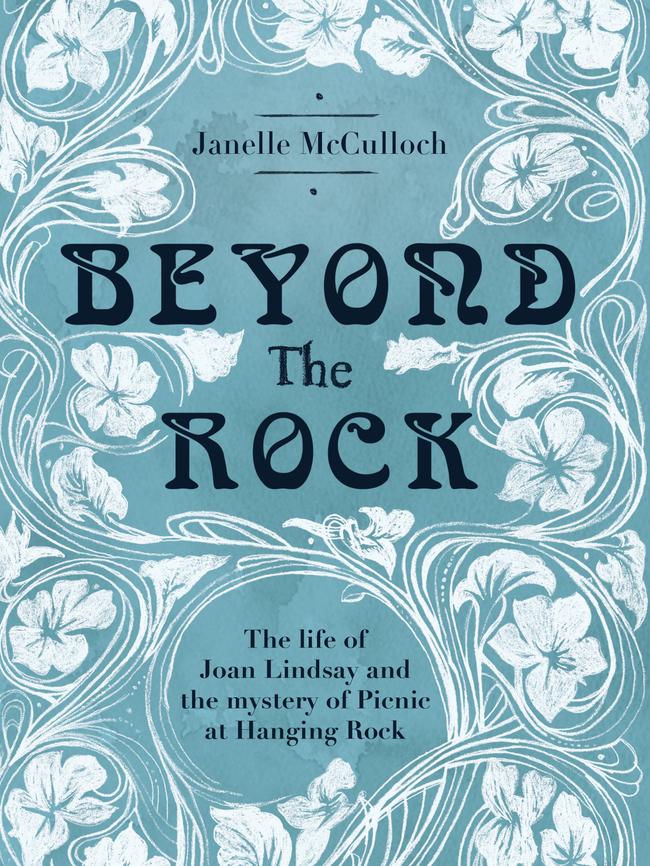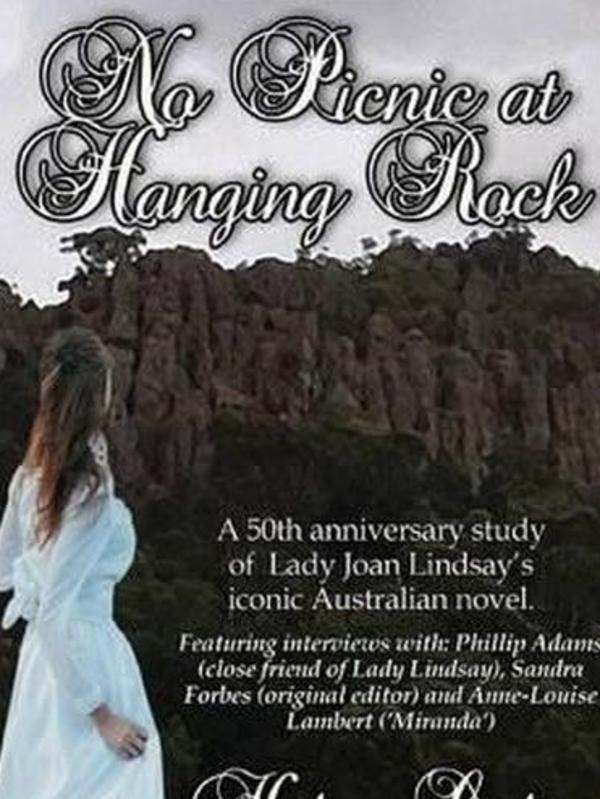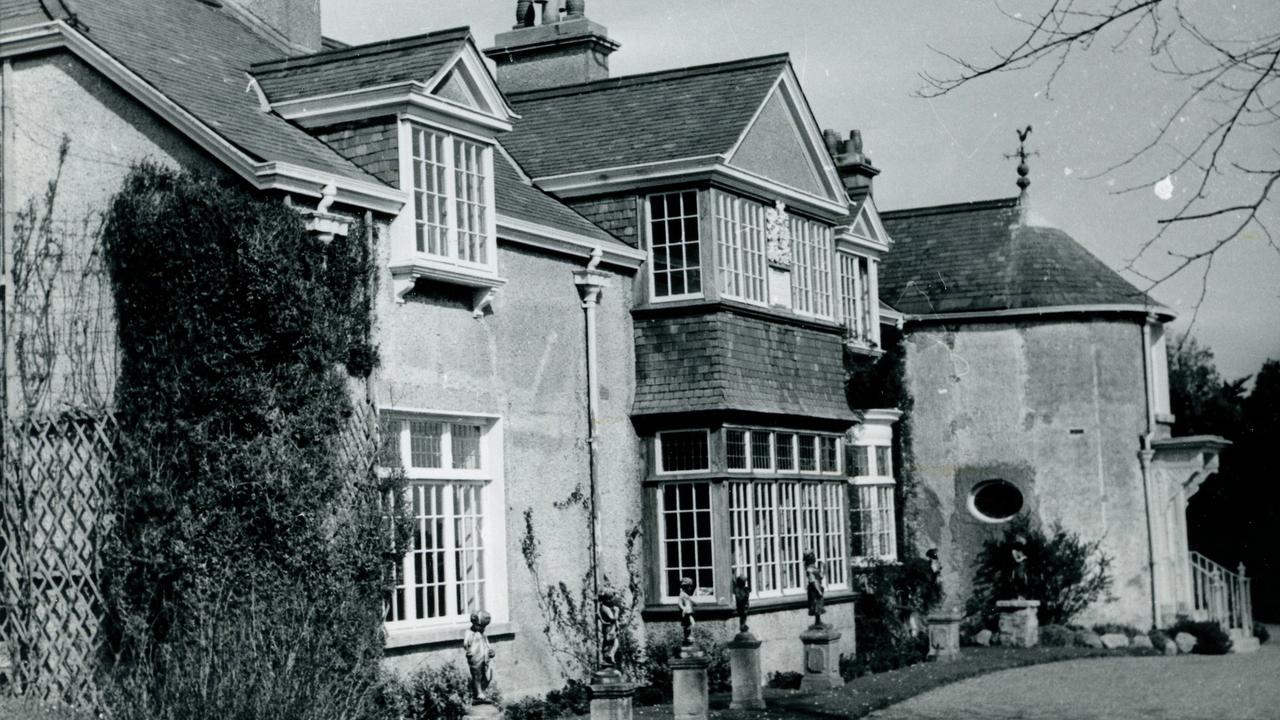New books explore mystery surrounding Picnic at Hanging Rock
Hanging Rock was a terrifying place and several girls disappeared near it. What is the truth of the 50-year- old story?

Joan Lindsay’s 1967 novel Picnic at Hanging Rock has gripped the Australian public’s imagination for five decades. We can’t seem to let this novel go: its spooky, dramatic and sometimes sensational tale of the disappearance of three young women and a teacher after a school picnic in the bush is going to be retold, again, in a television series from Foxtel later this year.
The novel’s popularity may stem from the gusto with which it uses gothic horror, intrigue and sexual ambiguity to draw on a long tradition of worrying about what the Australian landscape (and the people who live in it) may do to vulnerable and out-of-place settlers, especially women. Its popularity also has been driven by the fact it is, in more senses than one, a mystery.
The novel opens with a teasing author’s note telling readers they “must decide for themselves” whether the novel is “fact or fiction”. It proceeds as a kind of murder mystery that leaves us, ultimately, in the dark. The maddening effect of this on readers was compounded by the fact its final chapter was omitted from publication and published only after Lindsay’s death in 1984, still leaving us none the wiser.
Two new books about Lindsay’s novel, by Australian writers Janelle McCulloch and Helen Goltz, each take the mystery of the novel as their premise: what “really happened” to the girls at Hanging Rock in central Victoria?
This question makes no sense for a work of fiction but that has not stopped readers from harbouring a secret or overt desire to know what happened to characters once the final pages of the book are closed, or how much of the story is “true”. McCullough and Goltz address these readerly desires quite differently and with varying levels of self-awareness.
Goltz’s No Picnic at Hanging Rock is basically a compendium of rumour and speculation about the origin of Lindsay’s novel. Its own author’s note states that it intends to “present arguments and ‘evidence’ to allow the reader to determine for themselves” the truth, or what Lindsay believed to be the truth, about the events of the novel.
The inverted commas are Goltz’s own and are certainly needed. The book includes summaries of the novel’s plot and other published speculations, as well as interviews with Phillip Adams, Sandra Forbes (the novel’s editor) and Anne-Louise Lambert (who played Miranda in Peter Weir’s 1975 film). This book adds to a sizeable body of fan speculation about Lindsay’s novel but it also contains glaring factual errors, such as assuming Lindsay must have made daytrips to Hanging Rock when at school (the school she attended moved to the area after Lindsay’s graduation).

McCulloch’s Beyond the Rock takes a more promising approach by providing us with the first detailed account of Lindsay’s life. It is, however, also framed in terms of “solving the mystery” of Hanging Rock: “Talk about a Carrollesque rabbit hole. The story was now far too intriguing. There was no turning back.” It does Lindsay something of a disservice to frame her life story in this way, when it has more than enough interest on its own.
This biography uncovers much that is fascinating about Lindsay and her milieu. It reveals Joan A’Beckett Weigall to have been a wealthy young woman who studied painting with Frederick McCubbin before marrying into one of the country’s most prominent artist families — the Lindsays — and then struggled to make her own career as an artist, critic and writer in the face of her husband’s success. From the 1920s through to the 60s, Joan and Daryl Lindsay moved in circles that were an intriguing combination of convention and bohemianism. They made cocktails for friends as diverse as John Kerr, Nellie Melba, Robert Helpmann and Vivien Leigh.
McCulloch gives us much to help rethink Picnic at Hanging Rock: from its relationship to Australian paintings such as McCubbin’s Lost and William Ford’s At the Hanging Rock, to details about decisions made by its editor Forbes. She suggested to Lindsay: “Might the story benefit from a little more ambiguity?” It turns out that the mystery of Hanging Rock was, in part, a product of astute editing.
If, like me, your reading of the novel is forever hijacked by the images in Weir’s wonderful 1975 film adaptation, there is much to interest you in this book. Picnic at Hanging Rock is one of several Australian novels whose popularity was rebooted in the 70s by Australian cinema’s new wave.

But unlike My Brilliant Career (adapted by Gillian Armstrong in 1979) and The Getting of Wisdom (by Bruce Beresford in 1978), Picnic at Hanging Rock was not a product of the 19th century but of the 60s, which has set a peculiar cast on Australia’s sense of our colonial past. Weir’s adaptation has become iconic both of the new wave and of settler Australians’ relationship with the bush, and McCulloch provides a usefully detailed account of its production and Lindsay’s involvement in it.
Beyond the Rock provides a warm account of Lindsay’s life and work, so there is not much in the way of the sharp edges of critique. In taking such an appreciative approach to her subject, we are left to read a lot between the lines. What was Lindsay’s first novel like and how did it do in the marketplace? Surely there is more to say about her voluminous nonfiction writing about art, especially? How popular was the novel before the Weir film? How did Lindsay see her own sexuality in light of her relationships with Marian Sumner Ryan and Sunny Ebbott, and how might that influence our readings of the novel?
McCulloch’s admiration for Lindsay leaves us at an odd distance from the biography’s subject as we don’t often hear Lindsay’s own voice here until the later chapters. It is in the accounts of Lindsay’s beliefs in relation to time, mysticism, mathematics and patterns, her drinking and her relationship with her husband that McCulloch comes closest to giving us a sense of Lindsay as a real and fallible individual: happiest in her garden, wildly idiosyncratic in her beliefs and married to a man whose ambitions, career and personality certainly had a detrimental effect on her own.
It is here in particular that McCulloch offers an opportunity to think differently about Picnic at Hanging Rock, a novel of repressed desires, severe authority and the lost hopes of girls who seemed to have wonderful things ahead of them. Lindsay, in McCulloch’s account, lived a busy and full life but ultimately, as her friend Joe Burke said in her eulogy: “Some of us might have thought that, in this partnership, Joan sacrificed herself … In a sense, this is undeniable.”
And what of the mystery of Hanging Rock? McCulloch’s book is clearly invested in the sense of mystery surrounding not just Lindsay’s book but Hanging Rock as a place. The opening chapter, depending on your point of view, describes or feeds long-running superstitions about the Rock, many of which bring with them an uncomfortable popularising of Aboriginal spirituality.
She does not go quite as far as Goltz in this respect, who reprises the theory that “Aboriginal land spirits” were responsible for the girls’ disappearance, then makes the following non-sequitur that I think should speak for itself: “Australians well remember the disappearance of another child, at Uluru, a disappearance which the coroner declared in June 2012 to be the fault of a native animal, the dingo, but there too lies a sacred monolithic.”
In a more factual mode, McCulloch uncovers the fact Hanging Rock was a bona-fide terrifying place in the late 19th century, not because of mysterious forces of nature but rather because of the bushrangers who used the rock as a base to attack and rob people passing from the goldfields to Melbourne and because of the killings of Aborigines that took place in the area. She also concludes, with confidence, “that the story is true”. She takes some time examining a late-night expedition to the rock by girls from Clyde School (which Lindsay attended) in 1919. She also canvasses the fact several girls did disappear in the area across the period and provides what I think to be a fairly plausible explanation, which is less to do with time travel and the mysteries of the landscape and more to do with the sad and bald realities of violence against women.
At the same time, I feel Lindsay would have approved when McCulloch writes, at the end of her book: “We shall never really know.”
Julieanne Lamond lectures in English at the Australian National University and is editor of Australian Literary Studies.
No Picnic at Hanging Rock
By Helen Goltz
Atlas Productions, 204pp, $22
Beyond the Rock: The Life of Joan Lindsay and the Mystery of Picnic at Hanging Rock
By Janelle McCulloch
Echo, 328pp, $35 (HB)


